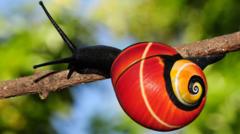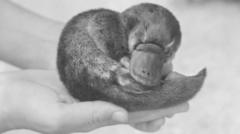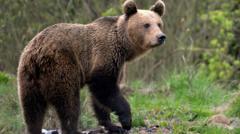Recent genetic studies have led scientists to classify giraffes into four distinct species, a significant update that could alter conservation efforts for these iconic animals.
Giraffes Just Got a Taxonomic Makeover: Three New Species Identified

Giraffes Just Got a Taxonomic Makeover: Three New Species Identified
New findings reveal the existence of three additional giraffe species, reshaping conservation strategies.
Giraffes, beloved and recognized as a single species for years, have now been reclassified into four distinct species, according to new findings by the International Union for Conservation of Nature (IUCN). This revelation stems from a comprehensive study that investigated genetic diversity among various giraffes, suggesting that such distinctions are essential for effective conservation.
The research examined physical attributes, such as skull size and head shape, alongside historical geographical factors that have contributed to the separation of these magnificent creatures. It proposed three new giraffe species: the Southern giraffe, primarily found in southern Africa; the Reticulated giraffe, residing in Kenya and surrounding areas; and the Northern giraffe, which roams regions in East Africa.
The Southern giraffe has adapted to arid climates of South Africa and Namibia, while the Reticulated giraffe thrives in the scenic savannas of Kenya and Somalia, and the Northern giraffe populates the wetter areas of Uganda and South Sudan. The final species, the Masai giraffe, is also acknowledged for its unique genetic traits and distinct leaf-pattern hide.
Understanding these genetic differences is crucial for conservationists. As Michael Brown from the IUCN noted, clear taxonomic distinctions equip them to devise more informed strategies to protect this vulnerable animal. Moving forward, the IUCN plans to evaluate the conservation statuses of these newly identified species, aiming to ensure a safer future for giraffes around the globe.




















